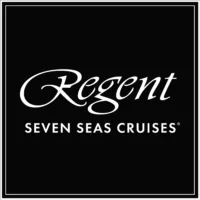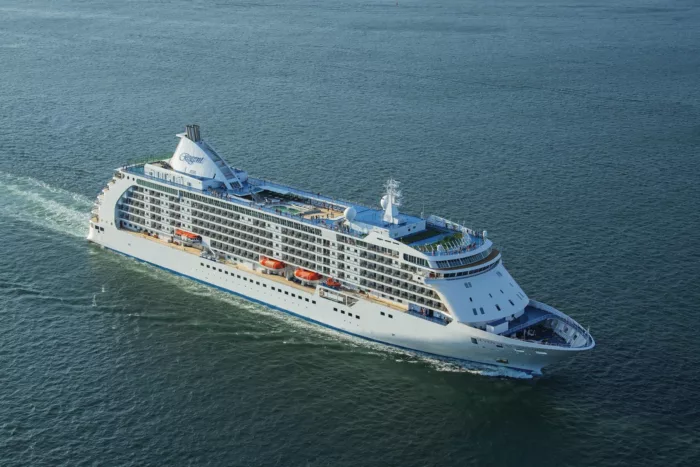
Regent Seven Seas Cruises
Regent promises to deliver The Most Inclusive Luxury Experience, offering an all-inclusive, ultra-luxury experience that is Unrivalled at Sea™.
Guests will be able to explore more than 550 destinations around the world while enjoying the unrivalled space, elegance, and comfort of The World’s Most Luxurious Fleet®. Regent will tend to every detail of their journey from start to finish, so guests can be pampered by the warm, Heartfelt Hospitality™ delivered by the crew.
698
Passengers
455
Crew
2003
Launched
2016
Last refit
42363t
Tonnage
204m
Length
29m
Width
20kts
Speed
9
Decks
USD
Currency
Cruise Itinerary
Day 1
Bremerhaven, Germany
Day 2
,
Day 3
Amsterdam, Netherlands
Day 4
Zeebrugge, Belgium
Day 5
Honfleur, France
Day 6
Saint Peter Port, Guernsey
Day 7
Lorient, France
Day 8
Le Verdon-sur-Mer, France
Days 8 - 9
Bordeaux, France
Day 10
,
Day 11
La Coruña, Spain
Day 12
Porto, Portugal
Day 13
Lisbon, Portugal

Day 1
Bremerhaven, Germany

Day 2
,

Day 3
Amsterdam, Netherlands

Day 4
Zeebrugge, Belgium

Day 5
Honfleur, France

Day 6
Saint Peter Port, Guernsey

Day 7
Lorient, France

Day 8
Le Verdon-sur-Mer, France

Days 8 - 9
Bordeaux, France

Day 10
,

Day 11
La Coruña, Spain

Day 12
Porto, Portugal

Day 13
Lisbon, Portugal
Ship Details


Regent Seven Seas Cruises
Seven Seas Voyager
Seven Seas Voyager® is designed so you can enjoy the outdoors just as much as the indoors while you cruise. Take a look at all the places you can watch the sunset at the end of another perfect day, including your private balcony
Cabins
All Prices





















